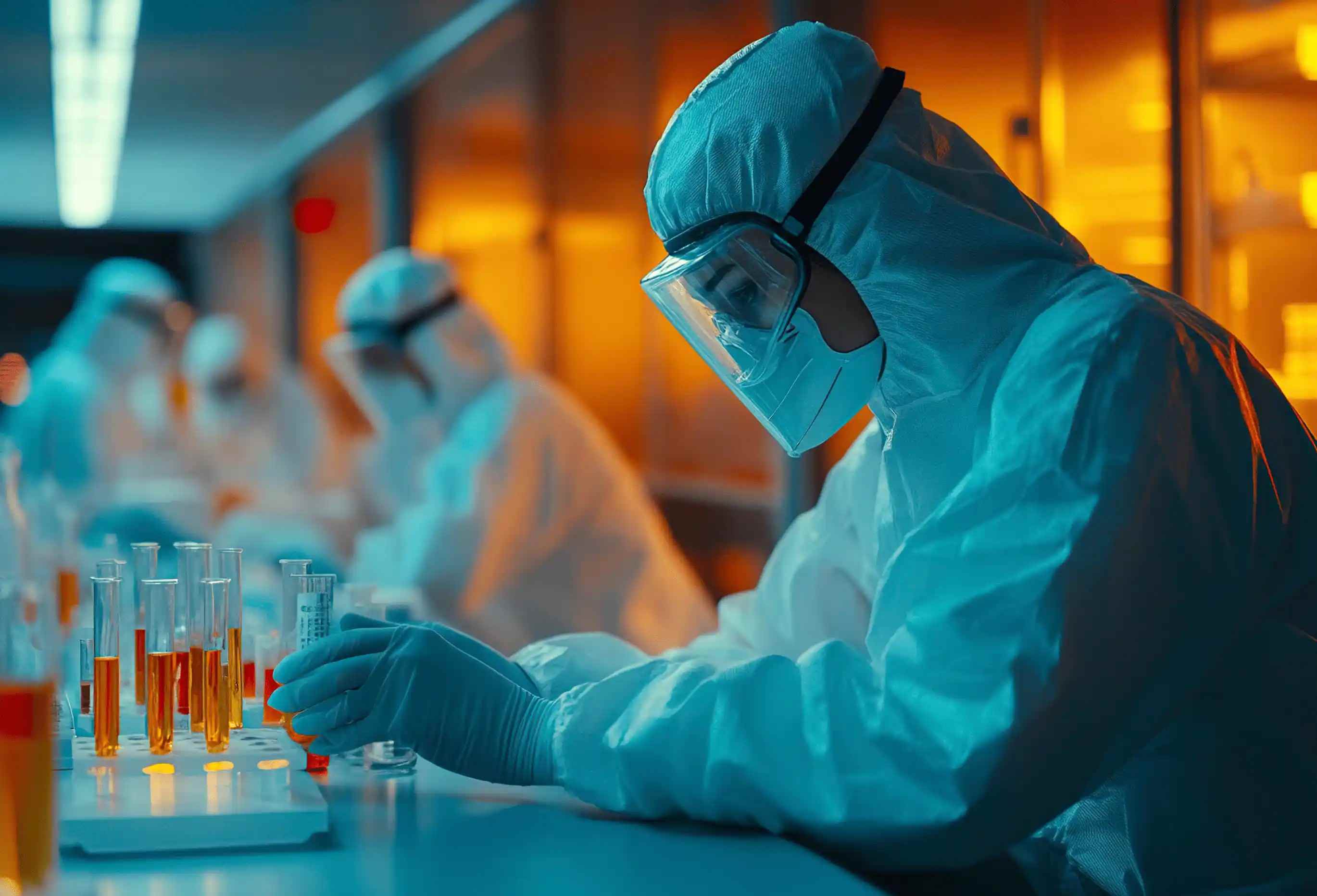
Harnessing AI for Predictive Toxicology in Drug Development
Predictive toxicology—the use of computational approaches to forecast adverse effects in drug candidates—is now critical in modern pharmaceutical research. Since toxicity causes approximately 30% of late-stage drug failures, early safety detection is essential. AI in drug development accelerates this process, offering rapid, accurate, and cost-effective toxicity screening.
What is Predictive Toxicology?
Predictive toxicology merges computational algorithms with chemical and biological data to anticipate safety risks. Earlier methods, such as QSAR (Quantitative Structure–Activity Relationship), depended on crafted molecular descriptors and statistical models. Today, advanced AI—including deep learning and graph neural networks—enables direct molecular structure interpretation. As noted on SMAG AI’s site, their graph-based approach enhances prediction accuracy and supports multi-endpoint safety evaluation.
How AI is Revolutionising Predictive Toxicology
- Multi-Endpoint Screening: SMAG AI’s Toxicity Prediction tool can assess hepatotoxicity, nephrotoxicity, cardiotoxicity, mutagenicity, and carcinogenicity simultaneously, reducing the need for individual tests.
- Graph Transformer & GNN Models: SMAG’s models process molecules as graphs, capturing structural subtleties far beyond traditional QSAR, resulting in robust ROC-AUC performance.
- Rigorous Validation Practices: Their models are evaluated using proprietary data and public benchmarks, demonstrating strong balances between sensitivity and specificity.
- End-to-End Discovery Pipeline: SMAG AI offers an integrated suite: Data Generation, QSAR Modelling, Toxicity Prediction, Retrosynthesis, and Drug Repurposing—supporting early-stage safety insights.
- New CYP450 Metabolism Models: In June 2025, SMAG introduced enzyme-substrate prediction for CYP3A4, CYP2D6, CYP2C9, and CYP1A2 with 83–92% accuracy, exceeding typical industry benchmarks.
Why Predictive Toxicology Matters
- Reduces Failure Risk: Prevents late-stage attrition by eliminating unsafe candidates early.
- Saves Time & Budget: In silico screenings are faster and less expensive than wet-lab tests.
- Ethical Innovation: Minimises animal testing in line with regulatory trends.
- Regulatory Readiness: Supports agencies like the FDA and EMA with validated scientific evidence.
SMAG AI: Driving Safer Drug Discovery
SMAG AI (Smart Molecule AI-Driven Generation) leads the AI-first drug discovery movement. Their strengths include:
- Toxicity Prediction using graph-based models for diverse endpoints.
- CYP450 Metabolism Prediction, with quantified accuracy improvements.
- Graph Transformer Architecture enables model interpretability and precision.
- Comprehensive Pipeline Integration, from molecule ideation through synthesis planning.
Suggested internal anchors: Toxicity Prediction, Data Generation, QSAR Modelling, CYP450 Prediction, Retrosynthesis, Drug Repurposing.
Best Practices for AI-Driven Toxicity Screening
- Use Certified Datasets: Clean, curated input data ensures reliable outcomes.
- Benchmark Public Data: Validate models using resources like NIH’s Tox21.
- Apply Explainable AI: Interpretability tools support rational safety decisions and regulatory acceptance.
- Screen Early: Prioritise safer candidates before costly experimental validation.
- Update Models Regularly: Incorporate fresh data such as CYP450 predictions to stay current.
Frequently Asked Questions (FAQs)
- 1. U.S. FDA. FDA’s Predictive Toxicology Roadmap.
- 2. OECD QSAR Toolbox | OECD.
- 3. OECD Quantitative Structure-Activity Relationships Project [(Q)SARs].
- 4. US FDA Experience in the Regulatory Application of (Q)SAR.
- 5. Improving (Q)SAR Review with Structure-Data Files (SD Files).
- 6. In silico toxicology models and databases as the FDA Critical Path Initiative toolkits.
- 7. What is Computational Toxicology (Wikipedia).
- 8. Toxicity Prediction using Deep Learning.
- 9. Accurate Clinical Toxicity Prediction using Multi-task Deep Neural Nets and Contrastive Molecular Explanations.











